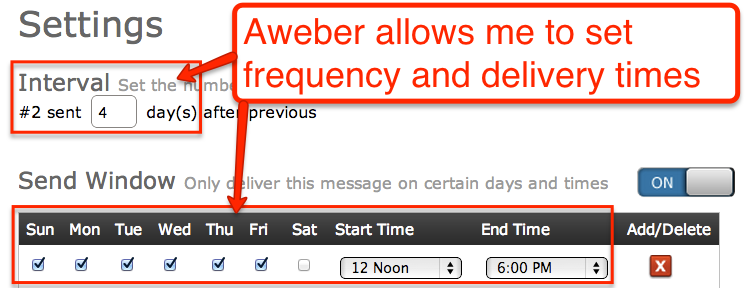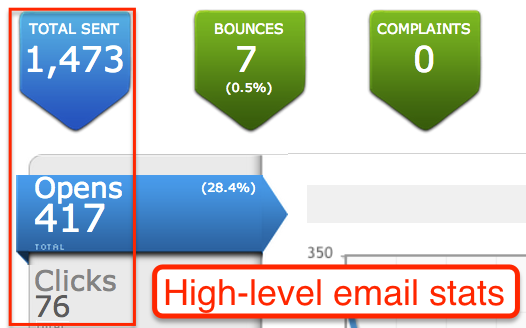If you’re a regular reader of this blog, you already know that email marketing is extremely effective for converting transactions like donations, renewals, and action alerts.
Email is also awesome for nurturing a peer-to-peer fundraising campaign.
So… what’s an Email Drip Campaign?
An email drip-campaign is an strategy intended to get subscribers to take specific actions over the course of the campaign. Drip campaigns consists of a series of messages delivered over a specific timeframe.
For example, someone who signs a petition would automatically receive a series of emails over the next few weeks encouraging them to donate, share the petition with their friends, or share their story on Facebook.
The benefits of a drip campaign is that you can target the right messages, to the right people, at the right time. Drip-campaigns also tend to get more opens and click-throughs than your run-of-the-mill monthly newsletter. Finally, after you set one up, drip campaigns pretty much run themselves.
The technical steps for creating drip campaigns vary depending upon what email marketing software you use, but generally follow these 10 steps to create an email drip campaign:
1. Create clear goals and objectives
Decide what the objectives are for the campaign. Do you want petition signers to donate? Do you want folks who create a peer-to-peer fundraising page to get the most out of their fundraiser?
2. Select your segments
Will you be targeting new petition signers? Lapsed donors? Current donors? Obviously this all depends on what your objectives are.
3. Determine message quantity and frequency
Decide on the frequency and number of messages. You have to strike a balance between reminding them about the campaign, and being a total pain in the butt.
Your message frequency will depend on what actions you want people to take, when you want those actions taken, and how long the campaign is.
4. Write your email messages and subject lines
Write the messages in advance, and base them on your understanding of what motivates your segments / personas.
Keep them super-short and written in the second-person, as if you’re writing to a friend. Read this post on email marketing for more tips on writing more effective email messages. And don’t forget to write awesome subject lines!
5. Create a unique list or segment for the campaign
Creating a unique list allows you identify these folks for future campaigns (these folks signed the petition to save the sea turtles, and these folks signed the petition AND donated).
You’ll also want to add opt-in forms for this list to your website, Facebook Page, blog, or wherever you plan on capturing people.
6. Enter your messages into your email marketing tool
After you’re written your messages and subject lines, enter them into your email marketing tool, which as I’ve said will have a different process (I use Aweber, you might be using ConstantContact). Also, skip the fancy email templates and try using just rich text. In several tests I’ve done with clients, rich text email get a 17% higher average click-through rate over HTML templates (please test this for yourself).
7. Configure your message frequency

In terms of how the drip part of all this works, the timing of your messages is typically kicked off when someone opts into various stages of the campaign.
For example, when someone signs a petition, they’ll receive an email the next day, and then one a week for the next month. If that same person donates during that period, they are removed from this list and added to a different list with different, more relevant massages.
Most decent email marketing tools automate these types of rules.
8. Add an unsubscribe option to each message
At the bottom of each message, give subscribers the option of unsubscribing. The last thing you need to anger people by not making this easy. Again, most email marketing solutions automatically do this as well.
9. Launch your drip campaign
Your campaign is launched as soon as the web forms are live and people are aware of the campaign.
We’ll talk about promoting your campaign later on, but for now just know that you need to promote it via multiple channels or it will be a total flop!
10. Measure your drip campaign

The effectiveness of your campaign solely based on a hypothesis up until it launches.
After launch, you’ll want to start tracking open rates, click-though rates, unsubscribes, and other stats important for measuring the effectiveness of your campaign.
One important thing though: measure right away, and not after your campaign is over.
The data you gather from day one will help you avoid unintended disasters by adjusting the messaging and frequency during the campaign.